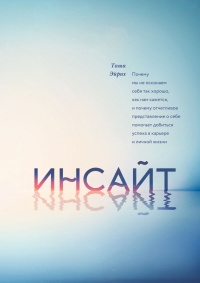Книга Это началось не с тебя. Как мы наследуем негативные сценарии нашей семьи и как остановить их влияние - Марк Уолинн
На нашем литературном портале можно бесплатно читать книгу Это началось не с тебя. Как мы наследуем негативные сценарии нашей семьи и как остановить их влияние - Марк Уолинн полная версия. Жанр: Книги / Психология. Онлайн библиотека дает возможность прочитать весь текст произведения на мобильном телефоне или десктопе даже без регистрации и СМС подтверждения на нашем сайте онлайн книг knizki.com.
Шрифт:
-
+
Интервал:
-
+
Закладка:
Сделать
Перейти на страницу:
Перейти на страницу:
Внимание!
Сайт сохраняет куки вашего браузера. Вы сможете в любой момент сделать закладку и продолжить прочтение книги «Это началось не с тебя. Как мы наследуем негативные сценарии нашей семьи и как остановить их влияние - Марк Уолинн», после закрытия браузера.
Книги схожие с книгой «Это началось не с тебя. Как мы наследуем негативные сценарии нашей семьи и как остановить их влияние - Марк Уолинн» от автора - Марк Уолинн:
Комментарии и отзывы (0) к книге "Это началось не с тебя. Как мы наследуем негативные сценарии нашей семьи и как остановить их влияние - Марк Уолинн"
























